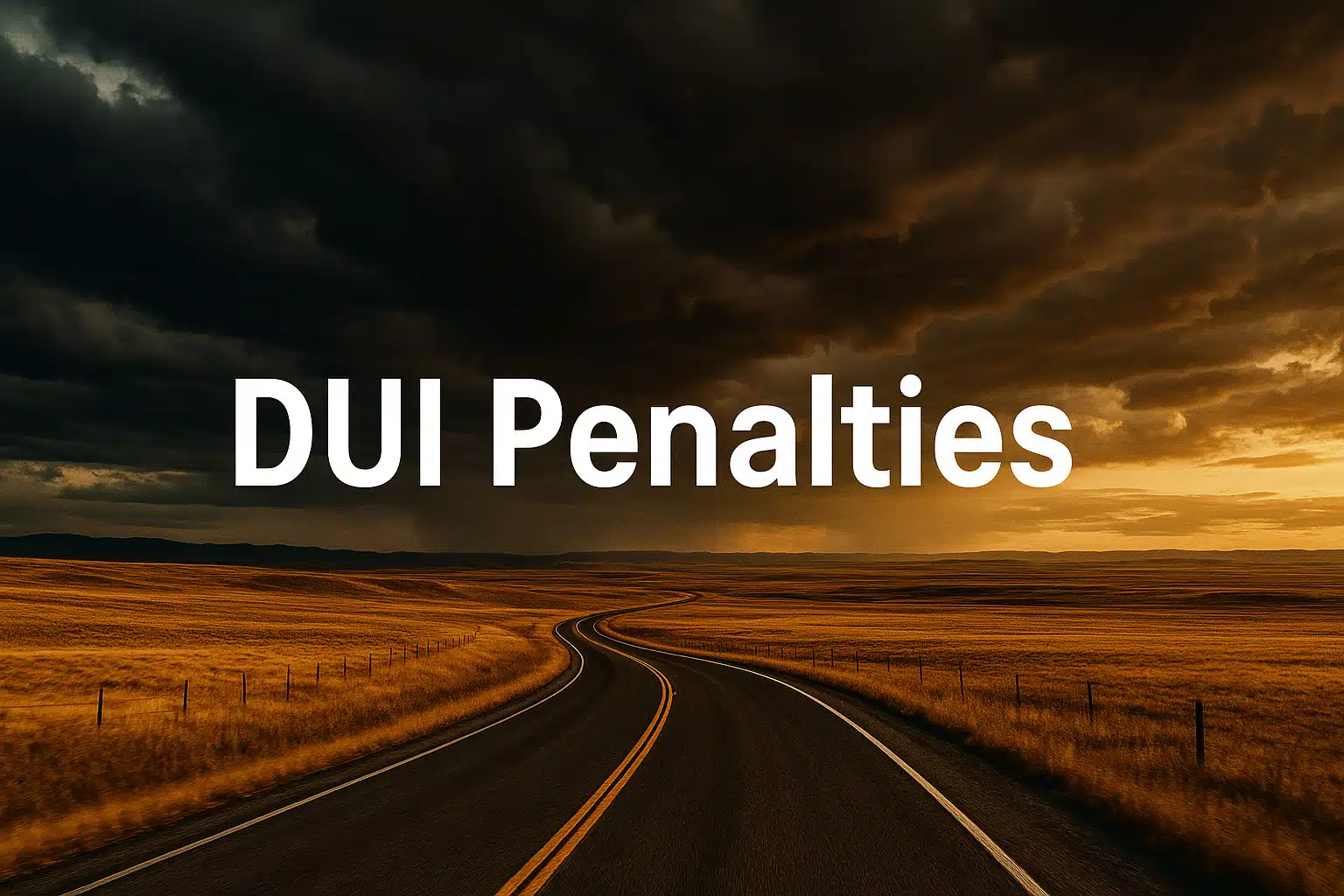Child support ensures children get financial care when parents live apart. Montana has clear rules about who pays, how much, and when payments end. This guide covers everything parents need to know about child support payment Montana requirements.
What Is Child Support in Montana?
Child support in Montana helps cover a child’s essential needs like housing, food, healthcare, and education. The law requires both parents to provide financial support, regardless of custody arrangements.
The non-custodial parent typically makes the child support payments, while the custodial parent uses them for day-to-day care. Child support is the child’s right—Montana courts enforce obligations even if both parents agree to waive them.
A child support order from a district court or the Child Support Division sets the child support cost. Failure to pay child support as ordered may trigger child support enforcement actions such as wage garnishment or license suspension.
Who Must Pay Child Support?

Both parents have a duty to support their children. Child support in Montana is guided by clear child support guidelines, and courts can order either parent to pay based on income and custody arrangements. The parent with higher income or less parenting time often makes higher child support payments.
Child support obligations cannot be avoided. Law makes this duty mandatory. Parents who try to hide income or avoid work may have income assigned to them based on their earning ability to calculate child support fairly for the children involved.
The Montana Department of Public Health oversees child support in Montana through its Child Support Services. This agency helps calculate child support, establish a support order, collect child support, and enforce compliance. It also factors in health insurance premiums to ensure adequate care for the child’s needs.
Montana child support ensures both financial and child’s emotional well-being. Whether it’s enforcing a child support order or helping a parent understand their child support obligation, the goal is consistent and fair child support payments that reflect the child’s best interest.
How Montana Calculates Child Support
Montana uses specific child support guidelines to determine payment amounts. These guidelines follow an income shares model that considers both parents’ financial resources. The goal is giving children the same financial support they would receive if parents lived together.
Several factors affect the child support calculation:
Parent’s Income: Montana counts all income sources including wages, overtime, bonuses, tips, self-employment earnings, and unemployment advantages. The state excludes a new spouse’s income from calculations. If a parent deliberately earns less than they could, courts may assign income based on minimum wage work.
Combined Incomes: The guidelines add both parents’ incomes together. Then they determine how much parents should spend on the child based on this total. Each parent pays a share based on their portion of the combined income.
Child’s Age: Older children often cost more to raise. Montana’s guidelines account for age-related expense differences.
Parenting Time: How much time each parent spends with the child affects amount of child support. If the child stays with each parent more than 110 days per year, the guidelines adjust the calculation.
Child Care Costs: Work-related daycare expenses get included in support calculations. Parents typically split these costs based on their income percentages.
Health Insurance: Every child support order must include medical support. One parent usually provides health insurance if available at reasonable cost. Parents also share uninsured medical expenses.
Other Children: If a parent supports other children, this affects the calculation. Existing support obligations for other kids can reduce the current child support amount.
Montana sets a minimum support obligation even for low-income parents. The state also has no maximum cap on support for high earners.
The guideline amount is presumed correct. Courts rarely approve different amounts unless there is clear evidence the guidelines would be unfair.
Getting a Child Support Order

Parents can establish child support through district court or the Child Support Services Division. During divorce proceedings, support gets included in the final decree. The court requires proper child support arrangements before granting a divorce.
Unmarried parents or those without existing orders can apply for services through the Child Services Division. The application costs $25 and starts the process of establishing paternity and support obligations.
The division can create administrative orders that have the same legal force as court orders. They send a notice of financial responsibility to the non-custodial parent. This notice shows the proposed support amount and gives the parent a chance to agree or request a hearing.
If either parent objects, an administrative hearing takes place. A hearing officer reviews the case and issues an order. These administrative orders are fully enforceable.
All Montana child support cases must use the uniform guidelines. This ensures fair and consistent support amounts across the state.
Paying Child Support in Montana
Montana strongly prefers payments go through the state system. This creates proper records and makes enforcement easier. Most orders require payments through the Child Services.
Income Withholding: Montana automatically takes support from the paying parent’s paycheck. Employers deduct the amount and send it to the state. The state then forwards payment to the custodial parent. This system prevents missed payments and creates official records.
Direct Payments: Some parents may pay directly to each other if both agree and meet strict requirements. However, any missed payments trigger automatic wage withholding. Direct payments should always be documented to avoid disputes.
Payment Methods: Parents can make payments online, by mail, or through other approved methods if not using employer withholding. The key is keeping records of all payments made.
Child Support Enforcement

Montana child support enforcement division can collect support without court.
Wage garnishment, license suspension, and liens help collect child support payments.
Courts may use credit reporting or jail for not complying with the support payments.
Parents should contact child services early. Support obligation grows with interest, so acting fast avoids larger child support amount and enforcement penalties.
How Long Child Support Lasts
Child support typically ends when a child turns 18 or graduates high school, whichever comes later. However, support always stops by the child’s 19th birthday unless special circumstances apply.
Early Termination: Support ends sooner if a child gets married, joins the military, or becomes legally emancipated before age 18.
Disabled Children: Support may continue past age 18 for children with severe disabilities that began before adulthood. Courts review these cases individually.
College Support: Montana does not require parents to pay for college expenses. However, parents can agree to extend support and make it part of a court order.
When support ends, the paying parent should notify the court or Child Support. This prevents confusion and potential enforcement actions.
Modifying Child Support Orders
Life changes can affect child support obligations. Montana allows modifications when circumstances change significantly.
Timing Rules: Parents must usually wait 12 months between modification requests unless the change involves medical support. This prevents constant court appearances for minor adjustments.
Significant Changes: The change must be substantial and continuing. Examples include major income changes, job loss, new medical needs, or custody modifications. Courts often use a 30% income change as a benchmark.
Administrative Review: Child Services can review orders every 36 months without requiring proof of changed circumstances. For reviews before 36 months, parents must show significant changes.
Remarriage: A parent’s remarriage alone does not justify modifying support. New spouse’s income is not considered in Montana calculations. However, additional children from remarriage might affect support obligations.
Parents should continue paying the current amount until a new order takes effect. Modifications can be retroactive to when the request was filed, but not earlier.
Getting Help with Child Support
Several resources help Montana parents navigate child support issues:
Child Support Services Division: This state agency helps establish orders, collect payments, and enforce compliance. Any parent can apply for services, even with existing court orders.
Montana Law Help: This free resource provides information about family law and child support requirements.
Family Law Attorneys: Experienced attorneys can help with complex cases, modifications, and enforcement issues. They can also help prove when guideline amounts would be unfair.
Parents should seek legal help when facing significant child support issues. The system exists to ensure children receive proper financial support from both parents.
Medical Support Requirements

Every Montana child support order must include medical support provisions. The general rule is that one parent provides health insurance if available at reasonable cost. Montana judges consider this when reviewing the parenting plan and divorce papers. Parents also share uninsured medical expenses like copays and prescriptions based on each parent’s share.
The cost of adding a child to a health insurance plan gets factored into the child support calculation. Only the extra cost of covering the child counts toward the amount of child support the paying parent owes, ensuring fair and accurate child support payments.
Both parents must provide medical and insurance information to the Child Support Services Division. This helps maintain continuous healthcare coverage and protects the best interests of the child. The application process ensures the support order reflects updated details, especially if the other parent has access to better coverage.
Child support in Montana uses a guideline calculation to determine the amount of child support and update any existing support order. Whether establishing a new parenting plan or revisiting terms, both parents, especially the other parent, must comply. Montana learn sessions and official resources offer help to navigate these requirements and maintain compliance with Montana child support rules.
Interstate Child Support
When parents live in different states, Montana Department of Public Health and Human Services works with other states to establish and enforce support orders. This cooperation ensures that child support based on income, physical custody, and the child’s living arrangements remains fair and consistent across state lines.
Federal laws require states to cooperate on child support enforcement, ensuring parents cannot escape responsibility by relocating. Calculating support considers all financial resources, including unemployment benefits, especially when determining the amount of child support during the divorce process.
Interstate cases may take longer to resolve but follow the same basic principles as in-state cases. Human Services agencies in both states ensure that needy families still receive economic benefits, even if parents are separated by distance. Regardless of location, the goal remains the same—to provide stable support for the child and meet their needs consistently and fairly.
Consequences of Non-Payment
Not paying child support has serious consequences in Montana. The state treats support obligations as priority debts that cannot be discharged in bankruptcy.
Penalties for non-payment include wage garnishment, asset seizure, license suspension, and potential jail time. Interest and collection fees add to the debt over time.
Parents who cannot pay should seek modification rather than simply stopping payments. Courts are more understanding of parents who communicate about financial problems.
Conclusion
Child support payment rules protect children’s financial interests when parents separate. The state’s guidelines ensure fair and consistent support amounts based on both parents’ incomes and the child’s needs.
Parents should understand their obligations and rights under Montana law. Working with the Child Support Services Division or a family attorney can help navigate complex situations.
Remember that child support is the child’s right, not a punishment for parents. The system exists to ensure children maintain financial stability despite family changes.
For personalized help with Montana child support issues, consider consulting with experienced family attorneys who understand state guidelines and enforcement procedures.







